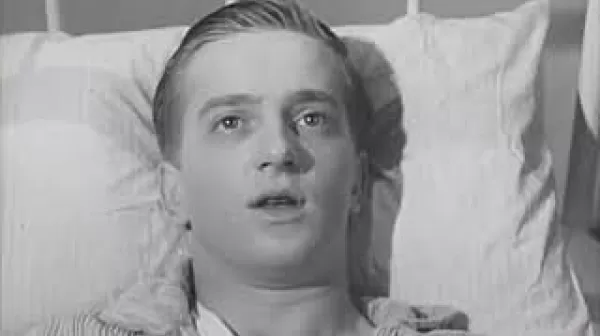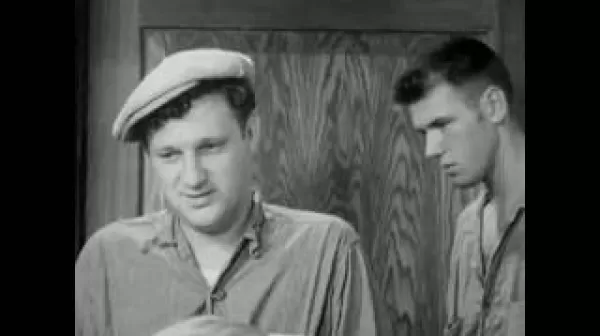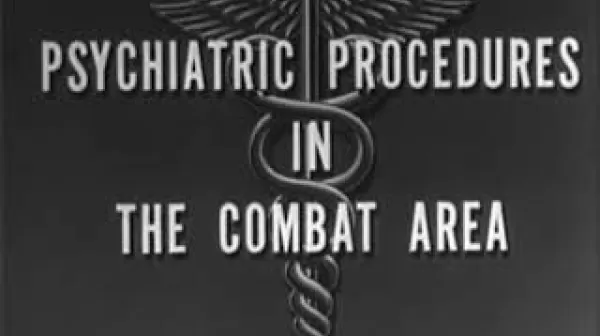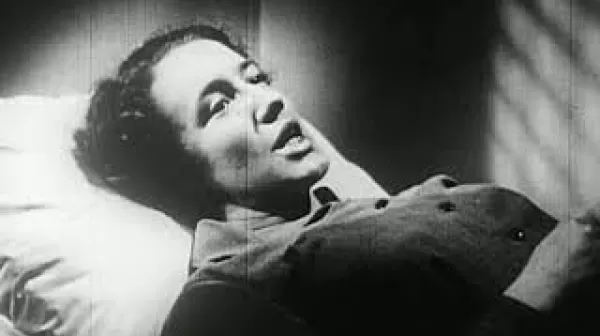The N.P. Patient (U.S. Navy, 1944)
This film illustrates how to care for and handle neuropsychiatric patients in the military. The importance of empathy and support toward those who are ill is emphasized, and effective communication is modeled. Corpsmen who are assigned to assist these patients are trained to recognize mental illness as a condition that requires treatment, is not a symptom of laziness or lack of courage, and is not within the control of the sick man to simply fix through force of will. Cases shown include combat fatigue, catatonia, suicidal behavior, and psychopathy.







